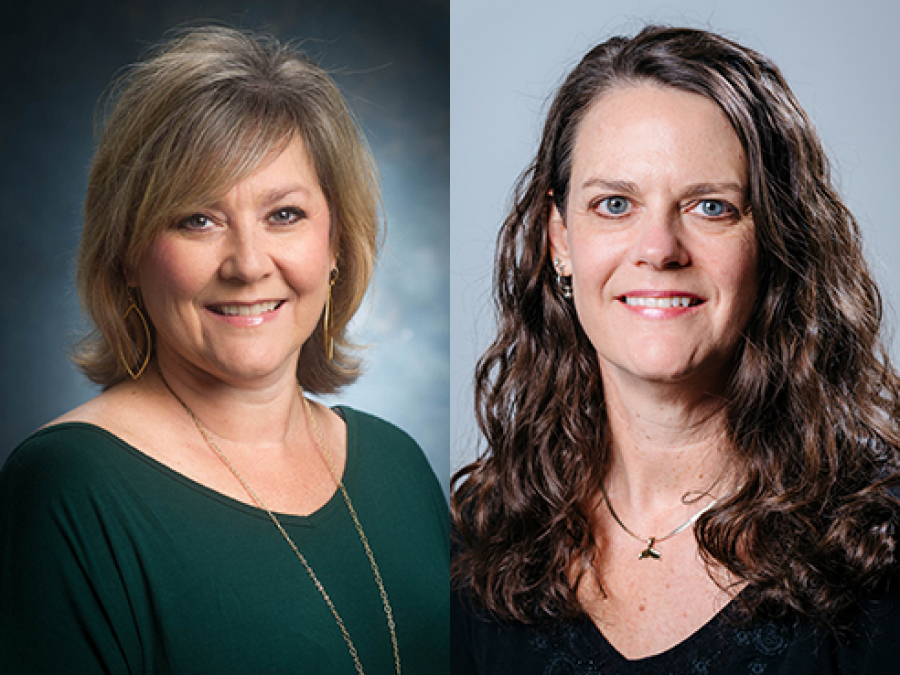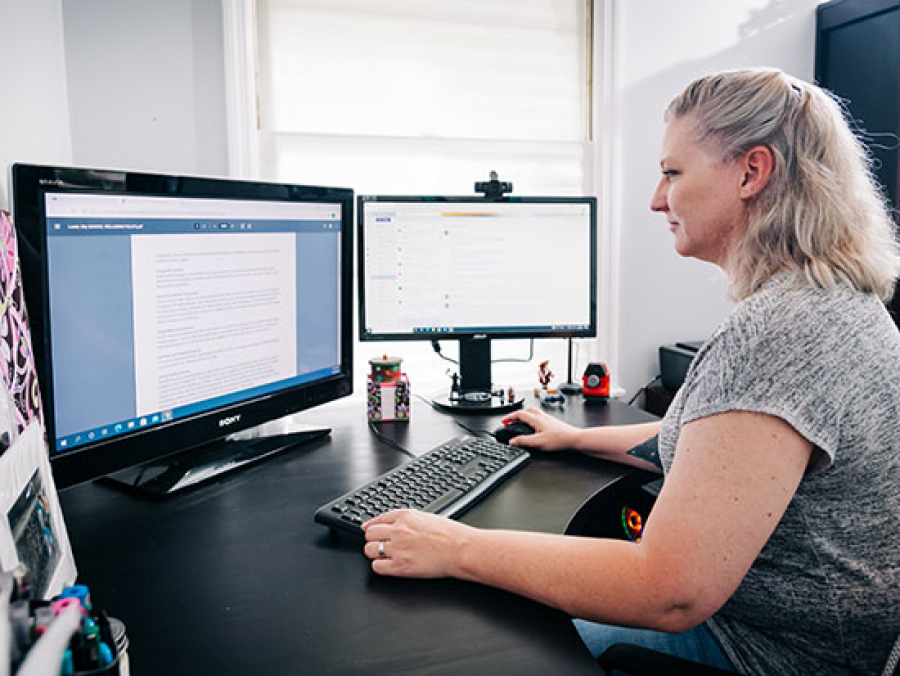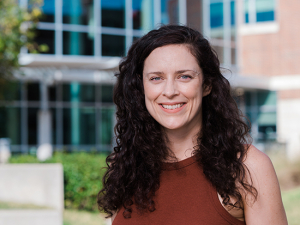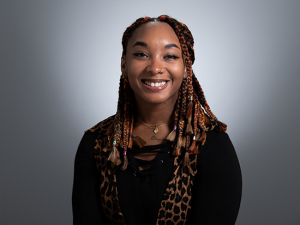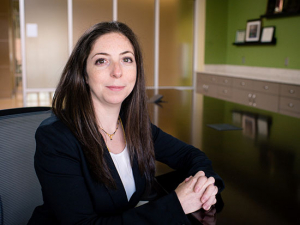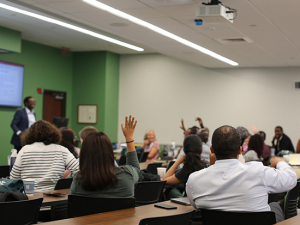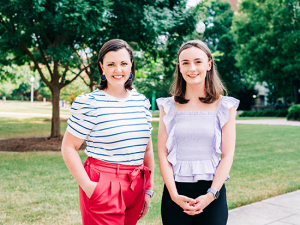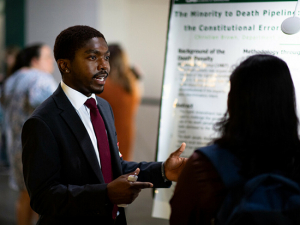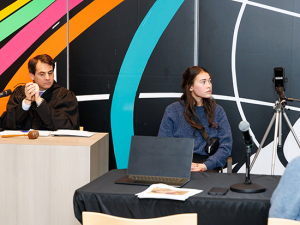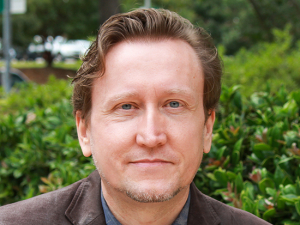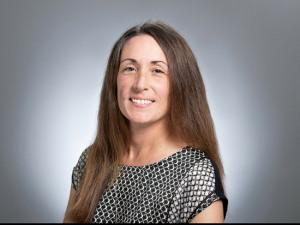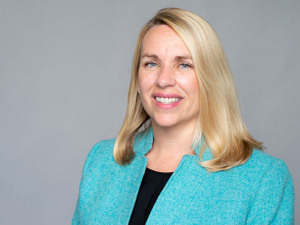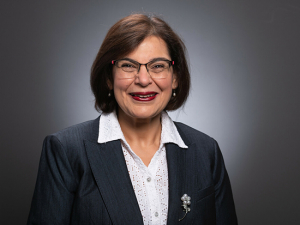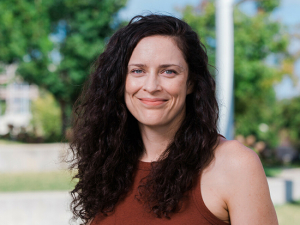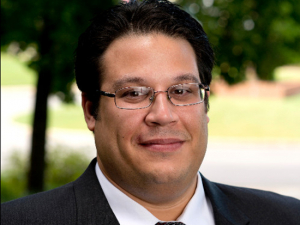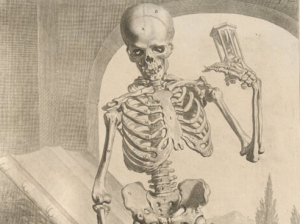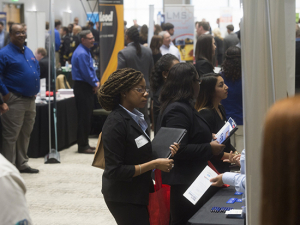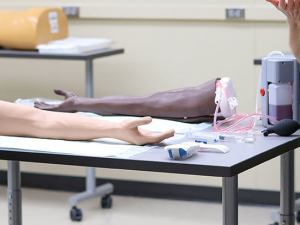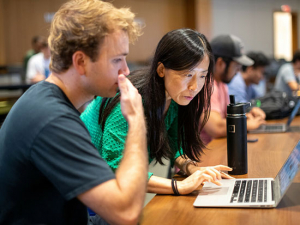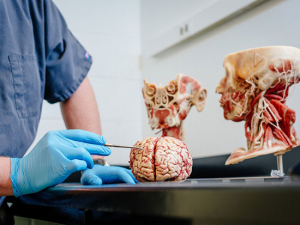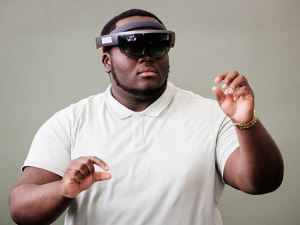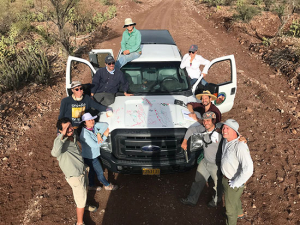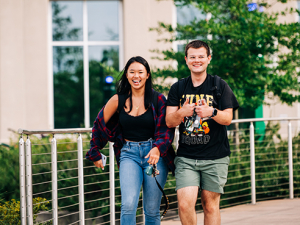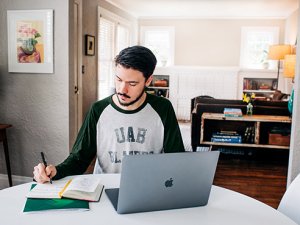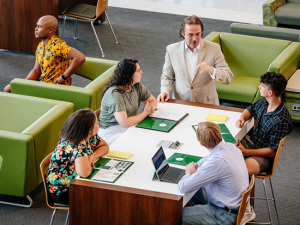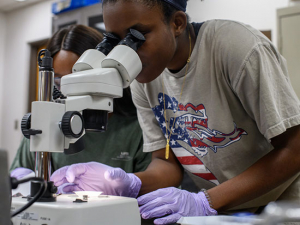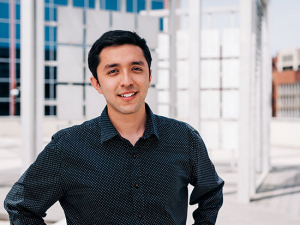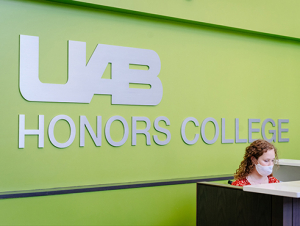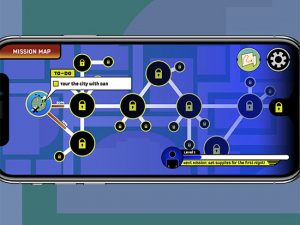 Click to enlarge
Click to enlarge
Parking and transportation elicit many opinions across UAB. For a landlocked urban campus, rapid growth has made these consistent pain points for students, employees, patients and guests.
Now there is a blueprint to make it better.
In 2016 UAB engaged Kimley Horn, a premier planning and design engineering consulting firm, to conduct a comprehensive parking and transportation study to guide planning, management and policy for short- and long-term improvements.
As a result, UAB developed a five-year plan to manage existing and future demand, create a more fiscally sustainable transportation system and improve customer service for the entire enterprise — UAB and UAB Medicine — that is compatible with the campus master plan.
Central to that are strategies to manage demand and improve parking supply, enhance transit services, encourage pedestrian and bicycle traffic, plus improve administrative policies and departmental technology and funding, said Parking and Transportation Services Director Andre Davis.
“For the first time we have evidence- and design-based strategies to guide us and enable us to anticipate the needs of the campus community and visitors,” Davis said. “University leadership supports the plan to continue improving facilities and services during the next several years.”
Working toward a common goal
Areas for improvement were selected based on feedback collected during the 2016 campus wide survey, public town halls and demand forecasts. “We are working very closely with UAB Facilities, including UAB Sustainability, to ensure that these strategies complement their efforts to create a campus community that is inviting and ecologically sound,” Davis said.
In transit, those opportunities include better efficiency, direction and length of routes, route stop locations, service for all users and improved reliability. For parking, the needs are to address capacity, enhance perimeter lots, user type-specific parking, pricing and customer services in the Parking and Transportation Department.
Achieving these goals is not without its challenges, Davis said. The first challenge is to satisfy a diverse set of users around the clock who are more likely to drive alone and less likely to use alternate means of transportation. Second, three separate entities — UAB, UAB Medicine and the City of Birmingham — are regulating parking within the campus footprint for students, faculty, staff, clinical providers, patients and visitors. Finally, Parking and Transportation Services has been hampered by staffing and technology limitations and lacked sufficient revenue to change either of those.
But all that can change, Davis said.
Where do we go from here?
Improvements are being implemented in phases, several of them underway and ongoing through 2021. Action items recommended in the Parking and Transportation study fall into four categories:
- Manage supply and demand
- Make physical improvements
- Extend transit services
- Enhance management and operations
UAB also is formally convening a parking committee to review and recommend policies and procedures going forward, Davis said.
The committee will advise on implementation of initiatives identified in the campuswide transportation study, provide feedback about any issues to Parking and Transportation leadership, help shape communications to campus constituencies and more as needed.
Norman Bolus, Faculty Senate representative and assistant professor, School of Health Professions, will chair the committee of faculty, staff and students:
- Marvin Atmore, assistant chief, UAB Police Department
- Jim Bakken, assistant vice president for Public Relations, University Relations
- David Beeching, Staff Council Representative and systems analyst, IT Systems and Server Support
- Marc Booker, executive director, Student Housing and Dining
- Chris Clifford, assistant vice president, Business Services
- André Davis, director, Parking and Transportation Services
- James Fowler, director, Facilities Planning, Design and Construction
- Eric Jack, dean, Collat School of Business
- Jvann Martin, associate vice president, Health System Facilities and Emergency Management
- Kelly Mayer, manager, Employee Relations
- Allison Montgomery, professional student representative, School of Medicine
- Terri Poe, chief nursing officer, UAB Medicine
- Marla Townsend, senior associate athletics director, Department of Athletics
Representatives from the Undergraduate Student Government Association and Graduate Student Government Association Representative also will be appointed to the committee.

